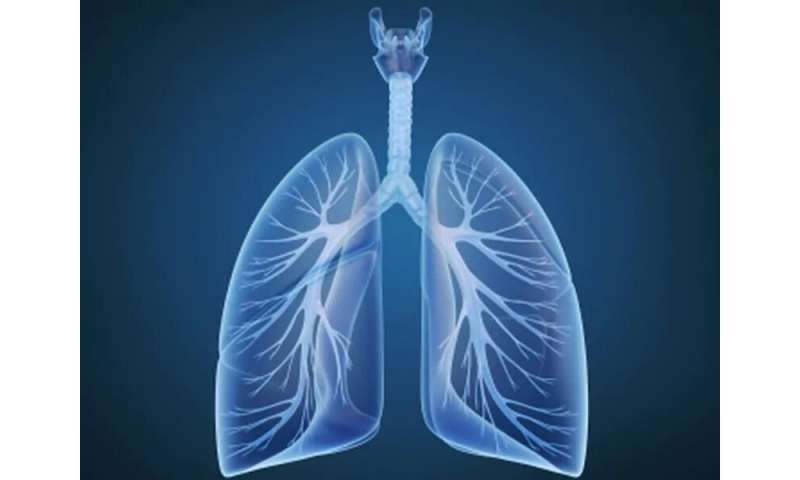
(HealthDay)—Use of ex vivo lung perfusion (EVLP)-treated lungs increases the number of patients undergoing transplantation with comparable long-term outcomes, according to a study published online Oct. 9 in JAMA Surgery.
Chandima Divithotawela, M.D., from the University Health Network in Toronto, and colleagues retrospectively reviewed data from 706 recipients of donor lungs not undergoing EVLP and 230 recipients of donor lungs undergoing EVLP (Aug. 1, 2008, to Feb. 28, 2017).
The researchers found that the EVLP group donors had a significantly lower mean PaO2:fraction of inspired oxygen ratio than the non-EVLP group donors, higher prevalence of abnormal chest radiography results, and higher proportion of smoking history. Additionally, more recipients in the EVLP group received single-lung transplants. The two groups did not significantly differ in time to chronic lung allograft dysfunction (three years: 70 versus 72 percent; five years: 56 percent for both; nine years: 53 versus 36 percent) or allograft survival (three years: 73 versus 72 percent; five years: 62 versus 58 percent; nine years: 50 versus 44 percent). Secondary outcomes of maximum predicted percentage of forced expiratory volume in one second, acute cellular rejection, and de novo donor-specific antibody development were also similar between the two groups.
“We will continue to use this platform to develop more advanced and personalized treatment strategies to treat and repair donor lungs to further improve recipient outcomes while increasing lung transplant availability,” the authors write.
Source: Read Full Article






